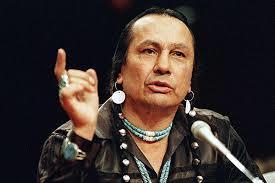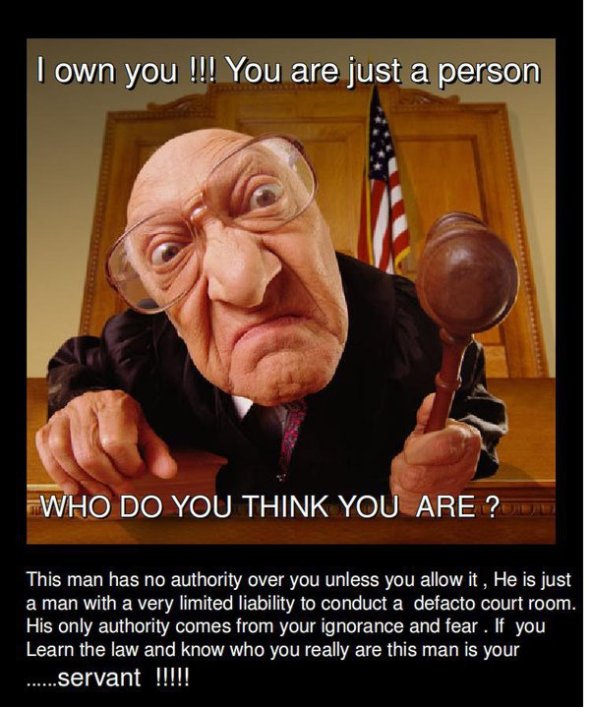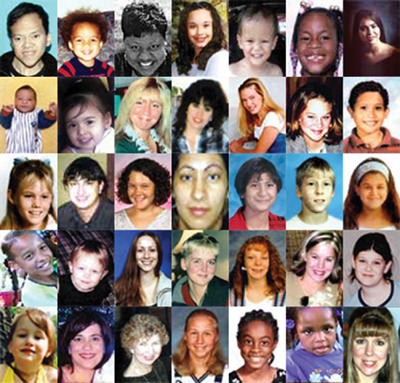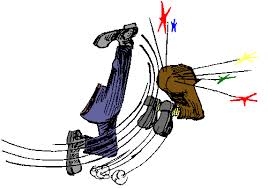The Colonial Rule is at its End; The Lakota Indians Declared their Independence-and So Should You!
(Rations for the landless, on their Land Cartoon 1890- Library of Congress, http://www.loc.gov/pictures/item/95522197/ )
“The old Lakota was wise. He knew that a man’s heart away from Nature becomes hard; he knew that lack of respect for growing, living things soon lead to a lack of respect for humans too.”
– Luther Standing Bear, chief of the Oglala Lakota, 1905-1939
On December 17, 2007, a delegation of Lakota people went to Washington. They declared independence. They called it “the latest step in the longest running legal battle” in history.
It’s not a cessation, they said. It’s a lawful “unilateral withdrawal” from treaty obligations permitted under the 1969 Vienna Convention on the Law of Treaties.
 At the time, American Indian Movement (AIM) leader Russell Means said:
At the time, American Indian Movement (AIM) leader Russell Means said:
“We are no longer citizens of the United States of America and all those who live in the five-state area that encompasses our country are free to join us.”
“We offer citizenship to anyone provided they renounce their US citizenship.”
“United States colonial rule is at an end.”
Signed documents were delivered to the State Department. Sovereignty was declared. The Republic of Lakota was established. It’s based on the 1851 Treaty of Fort Laramie. It created the Great Lakota (Sioux) Nation. It states in part:
“The territory of the Sioux or Dahcotah Nation, commencing the mouth of the White Earth River, on the Missouri River; thence in a southwesterly direction to the forks of the Platte River; thence up the north fork of the Platte River to a point known as the Red Buts, or where the road leaves the river; thence along the range of mountains known as the Black Hills, to the head-waters of Heart River; thence down Heart River to its mouth; and thence down the Missouri River to the place of beginning.”
 It gave Lakota people portions of northern Nebraska, half of South Dakota, one-fourth of North Dakota, one-fifth of Montana, and another 20% of Wyoming.
It gave Lakota people portions of northern Nebraska, half of South Dakota, one-fourth of North Dakota, one-fifth of Montana, and another 20% of Wyoming.
Unilateral withdrawal from all treaties and agreements became policy. America never honored its own. More on that below.
Earlier events led to the 2007 declaration. In 1974, 5,000 International Indian Treaty Council delegates, representing 97 North and South American Indigenous People, signed a Declaration of Continuing Independence.
It was a “Manifesto representing the wisdom of thousands of people, the Ancestors, and the Great Mystery supports the rights of Indigenous Nations to live free and to take whatever actions are necessary for sovereignty.”
Numerous elders approved it. They represented ancestors born to live free. They gave delegates two mandates:
(1) Gain international recognition. In September 2007, the UN Declaration of Indigenous Rights affirmed it.
(2) “We must always remember that we were once a free People. If we don’t, we shall cease to be Lakota.”
The right to return to their original free and independent status was asserted. On December 17, 2007, they declared it formally.
In United States v. Sioux Nation (1980), the Supreme Court upheld a $105 million award to eight Sioux tribes. It was compensation for lost land. It was lawlessly taken.
The Court, however, denied what Sioux people most wanted – their land back. As a result, they refused the money. They reasserted their sovereign rights.
Thirty-two years of compound interest makes the 1980 award worth $400 million today. It’s a tiny fraction of what Sioux people lost. They demand and deserve what’s rightfully theirs. America’s highest court has no sovereignty over their rights. Neither does political Washington.
“Hunting Indians in Florida with Bloodhounds.” Lithograph published in 1848. Library of Congress
see trail narratives: http://www.johnhorse.com/trail/03/a/05.5.htm
The Republic of Lakota described ongoing genocide as follows:
(1) Mortality
Life expectancy for Lakota men is less than 44 years. It’s the lowest of all sovereign countries. It’s the highest in America. Infant mortality is threefold higher than the US average. Diseases are a major problem. “Cancer is now at epidemic proportions.”
Teenage suicide is150% higher than America’s average. One-fourth of Lakota children are fostered or adopted by non-Native people. Doing so destroys their identity and culture. Ward Churchill calls it killing the Indian, saving the man.
(2) Disease
Tuberculosis is 800% higher than America’s average. Cervical cancer is fivefold higher. Diabetes is eight times the national average. The Federal Commodity Food Program provides high-sugar foods. They contribute to poor health.
(3) Poverty
Annual median income is $2,600 – $3,500. Poverty affects 97% of Lakotans. Many families can’t afford essentials most people take for granted. In winter, many use ovens for heat. Simple luxuries are unheard of. Life is hard, merciless, punishing, and unrelenting.
(4) Unemployment
It’s 80% or higher. Government corruption, cronyism, and indifference destroy normal living opportunities.
(5) Housing
In winter, elderly people die from hypothermia. They freeze to death for lack of heat. One-third of homes lack clean water and sewage. About 40% have no electricity. About 60% of families have no telephone.
Another 60% of homes are infected with potentially fatal black molds. On average, 17 people reside in each household. Many have two to three rooms. Some homes built for six to eight people have up to 30 in them.
(6) Drugs and Alcohol
Over half of adults battle addiction and disease. Alcoholism affects 90% of families. Two known methamphetamine labs operate. Authorities haven’t closed them.
(7) Incarceration
Indian children imprisonment exceed whites by 40%. Native People comprise 2% of South Dakota’s population. They account for 21% of those imprisoned.
Indians have the second highest state prison incarceration rate in America. Most live on federal reservations. Less than 2% are where states have jurisdiction.
(8) Culture
It’s threatened with extinction. It’s federal policy to destroy it. Only 14% of Lakotans speak their language. It’s not shared inter-generationally.
The average fluent Lakotan speaker is 65 years old. In another generation or less, perhaps few or none will remain. Lakotan language skills aren’t allowed or taught in US government schools. Nor is much of anything about native history and culture. America wants it destroyed and forgotten.
The Sand Creek Massacre (1864).
At least 150 Cheyenne and Arapaho, mostly noncombatant women, children and elders, are
brutally murdered by Colorado militia led by Colonel
John Chivington.
Lakotan struggle began with the 1803 Louisiana Purchase. They call it “fantasy” US history. France sold America 530 million Native land acres for $15 million. Lakotans owned part of it. They and other Native people weren’t consulted.
They’ve been systematically ignored and violated. From 1778 – 1871, Washington negotiated 372 treaties. Their provisions were systematically spurned.
America’s winning the West involved invading, encroaching, stealing, and occupying their lands. That’s how imperialism works. It’s the same everywhere.
Throughout the 19th century (and earlier), Washington engaged in military, legal, and political battles against Native Peoples. Their rights were contemptuously denied. They were displaced and exterminated. That’s how today’s America was created.
The 1851 Treaty of Fort Laramie was systematically violated. So were provisions of all other treaties. From 1866 – 1868, Washington let the Bozeman trail go through the “Heart of the Lakota Nation.”
It was a short cut to Montana’s gold fields. Military forts were built on stolen land along its route. Doing so violated 1851 treaty provisions. Battles ensued. Washington negotiated peace. The 1868 Fort Laramie Treaty followed. Native People thought they won. Victory was pyrrhic and illusory.
The Supreme Court’s 1883 ex parte Crow Dog decision made no difference. The Court recognized Lakotah freedom and independence. It ruled that tribes held exclusive jurisdiction over their internal affairs. It didn’t matter.
The transcontinental railroad facilitated development, land and resource theft.
In 1885, Congress passed the Major Crimes Act. It extended US jurisdiction into Lakota territory. The same year, the last of the great buffalo herds were exterminated. At one time, they numbered 60 million. Native People relied on them for food.
In 1887, Congress passed the General Allotment Act (the Dawes Act). It ended communal ownership of reservation lands. It distributed 160-acre “allotments” to individual Indians. Tribes lost millions of acres. Wealthy ranchers exploit them today.
In 1888, Congress began prohibiting Indian Spiritual and Prayer Ceremonies. It was part of destroying Native culture. In 1891, a Commissioner of Indian Affairs was authorized. It was to assure Native People obeyed white man’s laws.
Many more abuses followed. In Lone Wolf v. Hitchcock (1903), the Supreme Court extralegally recognized near absolute plenary congressional power over Indian affairs.
“Louis Firetail (Sioux, Crow Creek), wearing tribal clothing, in American history class, Hampton Institute, Hampton, Virginia”; late 1890s. From the Library of Congress.http://jubiloemancipationcentury.wordpress.com/2011/02/28/the-american-indian-at-hampton-institute-virginia/
It let US authorities steal tribal lands and resources freely. They did so on the pretext of fulfilling federal responsibilities.
Doing so abrogated fundamental indigenous rights unilaterally. The ruling was used to violate hundreds of treaties. Like other Native Peoples, Lakotans were grievously harmed.
Their sacred Black Hills were stolen. So were valued resources on them. Lakotans want back what’s rightfully theirs. Their ancestors thought the 1868 Fort Laramie Treaty granted them victory. They were wrong.
Yet in 1904, even after Lone Wolf v. Hitchcock, some believed the Treaty was “the only instance in the history of the United States where the government has gone to war and afterwards negotiated a peace conceding everything demanded by the enemy and exacting nothing in return.”
Until the 1924 Indian Citizenship Act, Native People got what no one had the right to deny them in the first place. In fact, rights afforded them nominally never existed in fact.
The entire history of Native People in America reflects horrific struggles lost. From 1492 to today, they experienced promises made and broken. Disenfranchized people remain. Most are bereft of hope.
On reservations or assimilated, they’re out of sight and mind. Once they lived peacefully on their own land. White settlers changed things. Western civilization destroyed their way of life. There’s nothing civilized about it.
They’re either ignored, mocked, or demonized in films and society. They’re called drunks, beasts, primitives, and savages. America always was a white supremacist society.
Rich powerful elites run it. Native People and most others don’t matter. They’re systematically used and abused. They’re not served. It’s the American way.
Source:
http://www.loc.gov/pictures/item/95522197/












